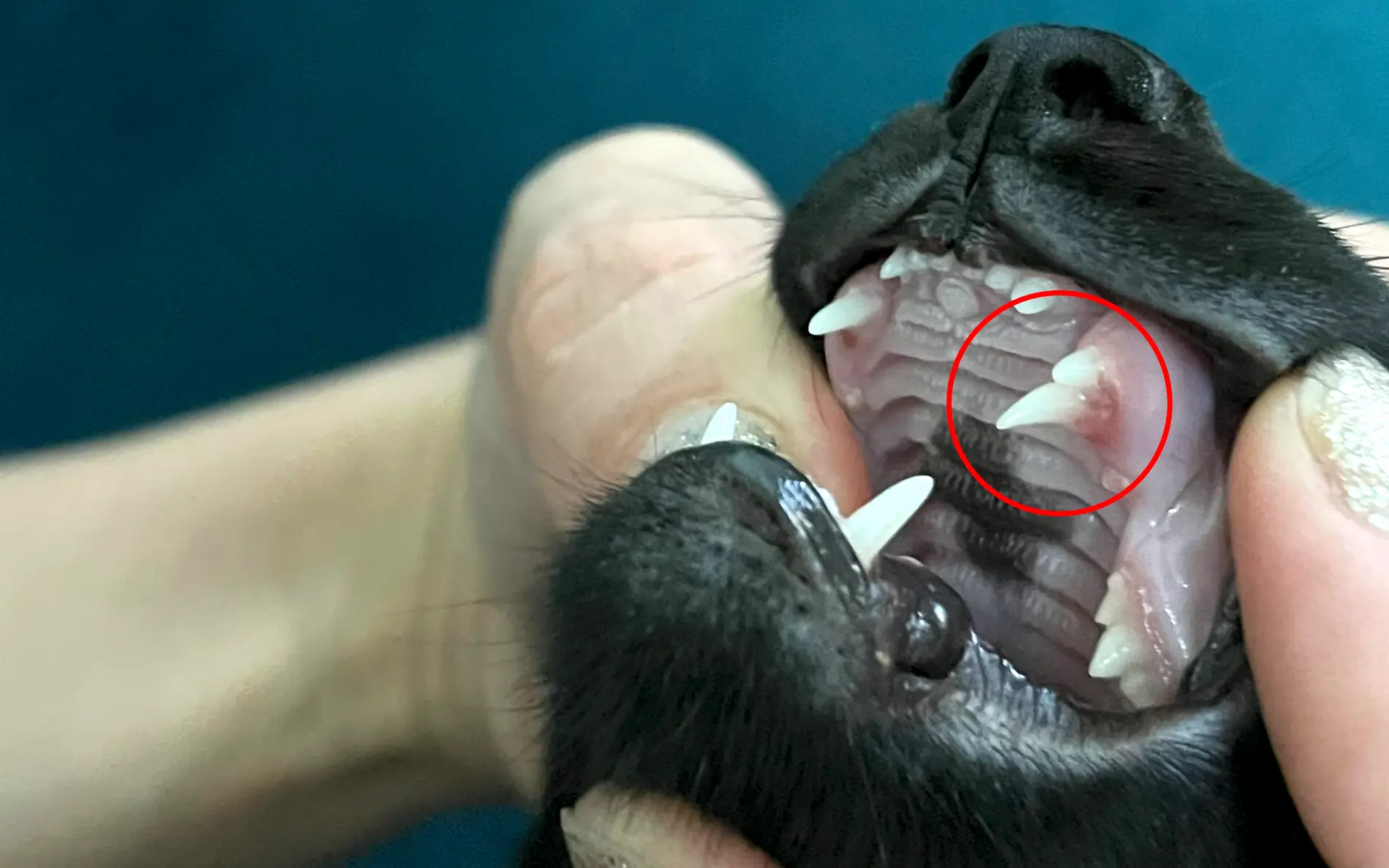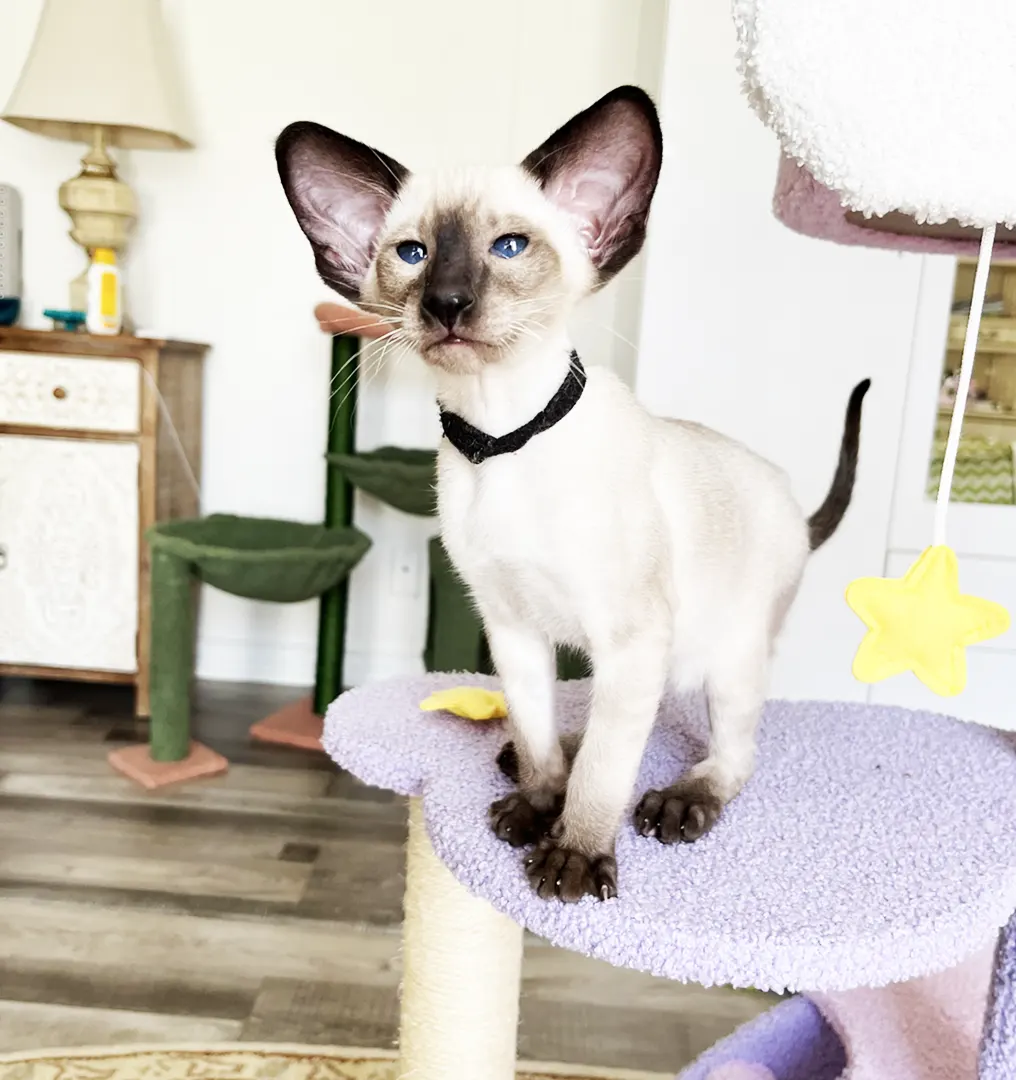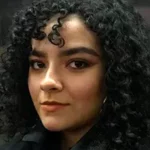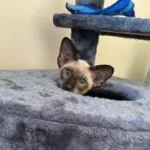There are several options available for shipping kittens to their new homes.
As a cat breeder, I occasionally hear from new kitten owners who are understandably concerned when they notice their kittens losing teeth. This can be worrying, but it’s important to remember that, much like in humans, kittens have "baby" teeth that are meant to fall out and be replaced by their permanent adult teeth.
The Teething Process in Kittens.
Kittens, like human children, are born without teeth. Their first set of teeth, known as deciduous or "baby" teeth, start to emerge at around 2-4 weeks of age. By the time they are 6-8 weeks old, most kittens will have a full set of 26 baby teeth. These teeth are small and sharp, perfectly suited for the early stages of their development.

When Do Kittens Lose Their Baby Teeth?
The process of losing baby teeth and growing permanent teeth begins when kittens are around 4 months old. This can be a worrying time for new cat owners, but it's entirely normal. The permanent teeth start to push through the gums, causing the baby teeth to loosen and eventually fall out. This teething phase typically lasts until the kitten is about 6-7 months old.
What to Expect During Teething
During the teething process, you may notice several signs that your kitten is going through this natural phase:
- Swelling and redness of the gums due to mucosal swelling and inflammation at the site of the fallen tooth.
- Drooling, which is linked to the irritation of nerve endings in the gums.
- Chewing on inedible items: kittens might gnaw on wires, plastic bags, toys, fabric, or even bite human fingers and toes.
- Elevated temperature, typically lasting no more than 2 days.
- Bad breath caused by bacteria settling on the wounds left by fallen teeth.
- Poor appetite due to gum soreness.
- Soft stools or, in rare cases, diarrhea, which is also related to the reduced immunity.
- Sudden changes in behavior: the kitten might become irritable, avoid being touched, shake its head, or scratch its cheeks.

The Sequence of Tooth Replacement
The order in which kittens lose their baby teeth and grow their permanent teeth is quite specific:
- Incisors: The small front teeth begin to fall out at around 3-4 months old.
Incisors are the small front teeth that appear and change first. Their role is to grasp food, bite it, and break it down into smaller pieces. Incisors also play a significant role in grooming: cats use them to chew through tangled fur and catch fleas. Temporary incisors appear when kittens are 2-3 weeks old, and there are 12 in total—6 on the top and 6 on the bottom. - Canines (Fangs): These sharp teeth are replaced between 4-6 months old.
For a predator, canines are among the most important teeth. Cats use them to pierce prey and hold onto food while eating. But that's not their only function—canines are also used for defense in fights and skirmishes. Cats, like other animals, have 4 canines, 2 on the top and 2 on the bottom. - Premolars are the last temporary members of the tooth row. Their function is to hold onto food while it's being carried and to help grind it down. Temporary premolars emerge between 3-6 weeks, with 6 on the top and 4 on the bottom, evenly distributed on each side. Molars, on the other hand, are only permanent and are located furthest back, with one on the upper and lower jaw on each side, for a total of 4.
Why Kittens Have Double Canines
It’s not uncommon to see kittens with what appear to be double sets of canines (the pointed teeth) during the teething process. This happens because the permanent canines begin to emerge before the baby canines have fallen out. Evolutionarily, this ensures that the kitten is never without the crucial canines needed for hunting and eating.
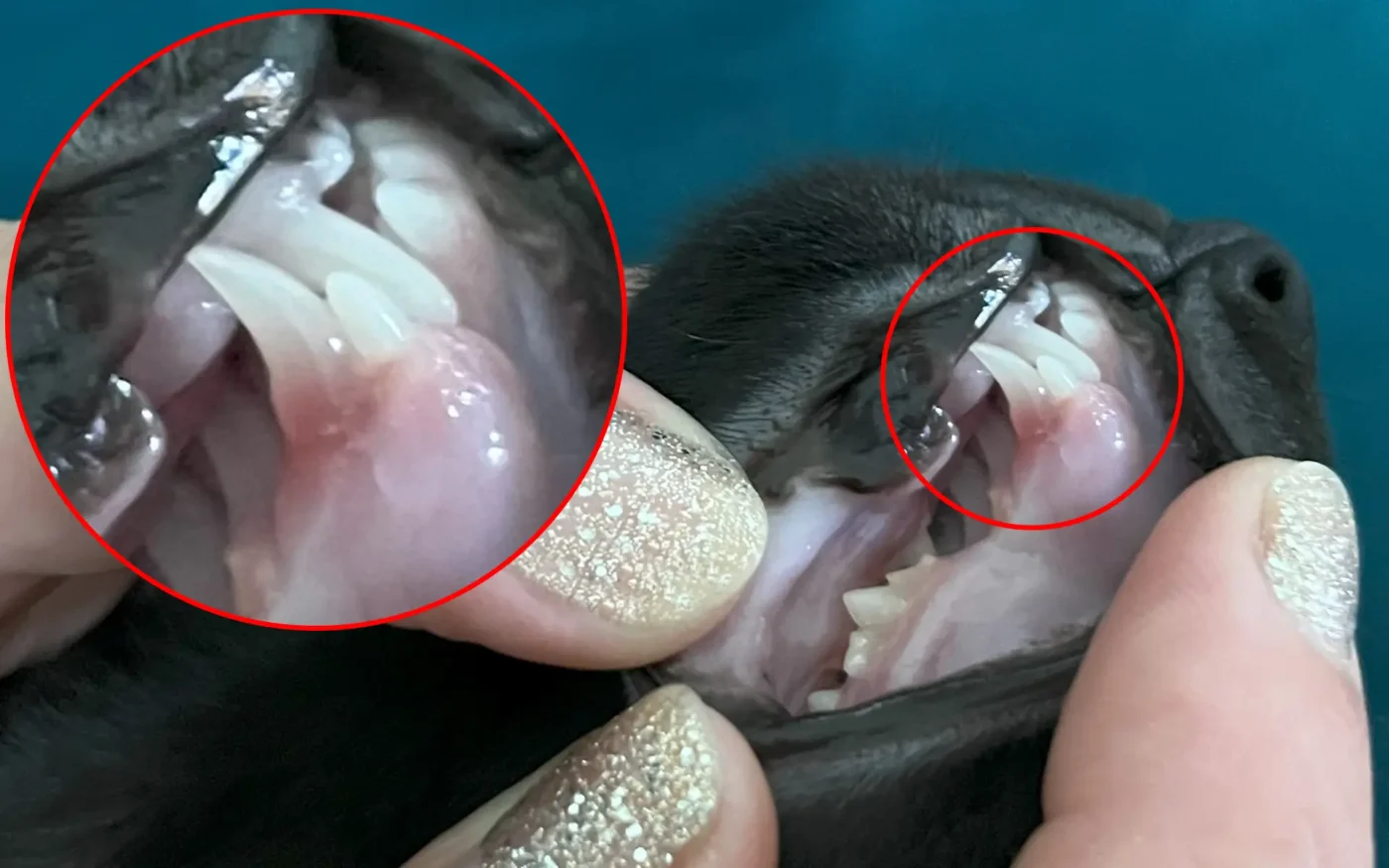
Caring for Your Teething Kitten
To help your kitten through the teething process, consider the following tips:
- Conduct a home inspection: Kittens will chew on anything they find. Make sure they do not have access to wires, sharp objects, or any other dangerous items. It's best to provide them with designated chew toys.
- Monitor the environment: Since a kitten’s immune system weakens during teething, be cautious with temperature changes. Avoid drafts and ensure they are not exposed to extreme temperatures.
- Provide plenty of soft toys and safe chewables to alleviate discomfort. Avoid giving them hard items that could damage their developing teeth.
- Soft food: If your kitten seems to have trouble eating hard kibble, consider offering soft or wet food to make eating easier and more comfortable.
Conclusion
Teething is a natural and essential part of a kitten's development. While it can be a confusing and sometimes alarming time for new cat owners, understanding the process can help alleviate concerns. Remember, the temporary inconvenience of teething leads to the healthy development of a kitten’s permanent teeth, setting the stage for a lifetime of good dental health.
If you have any concerns or questions about your kitten’s teething process, don’t hesitate to reach out to your veterinarian.
